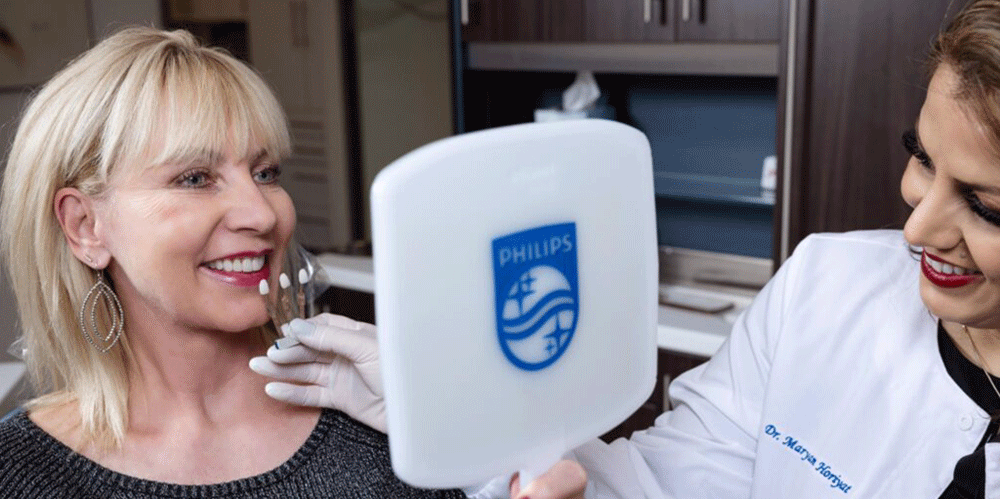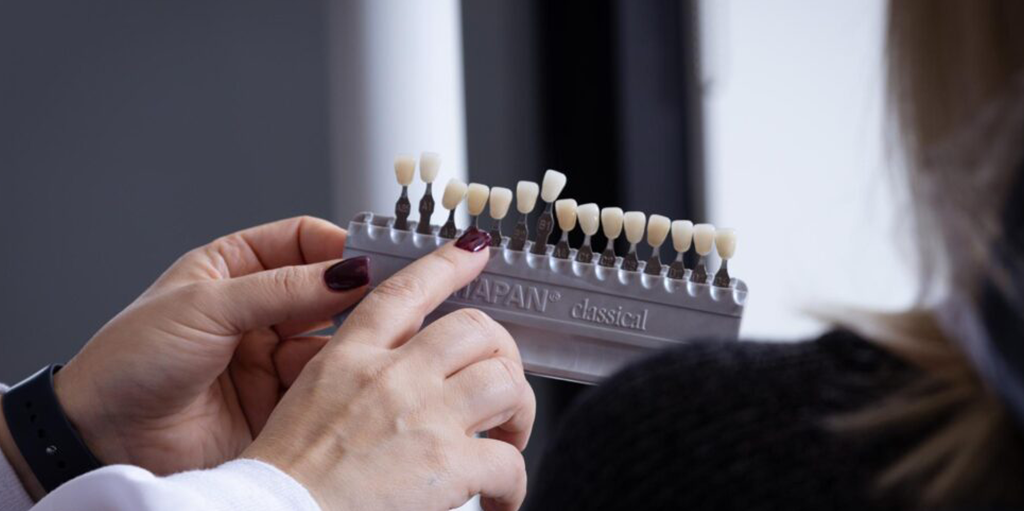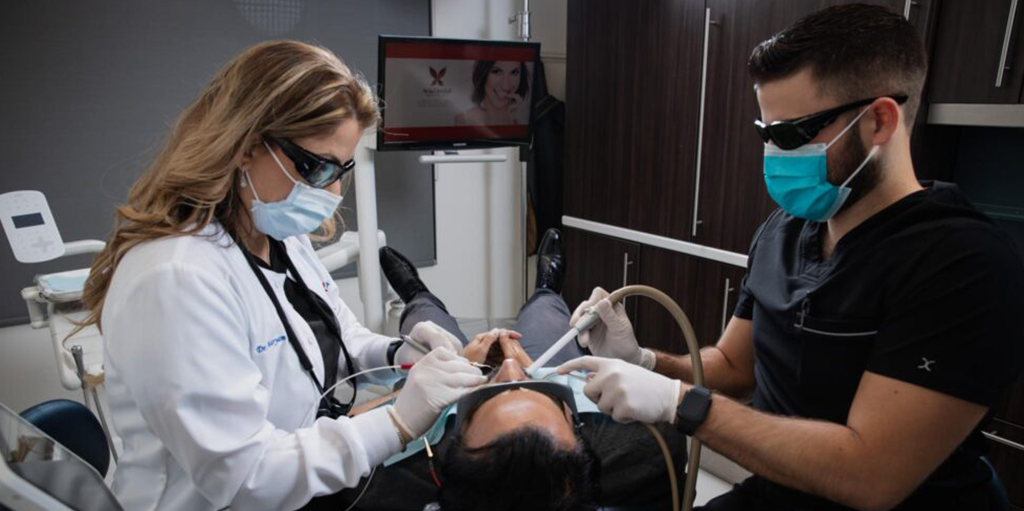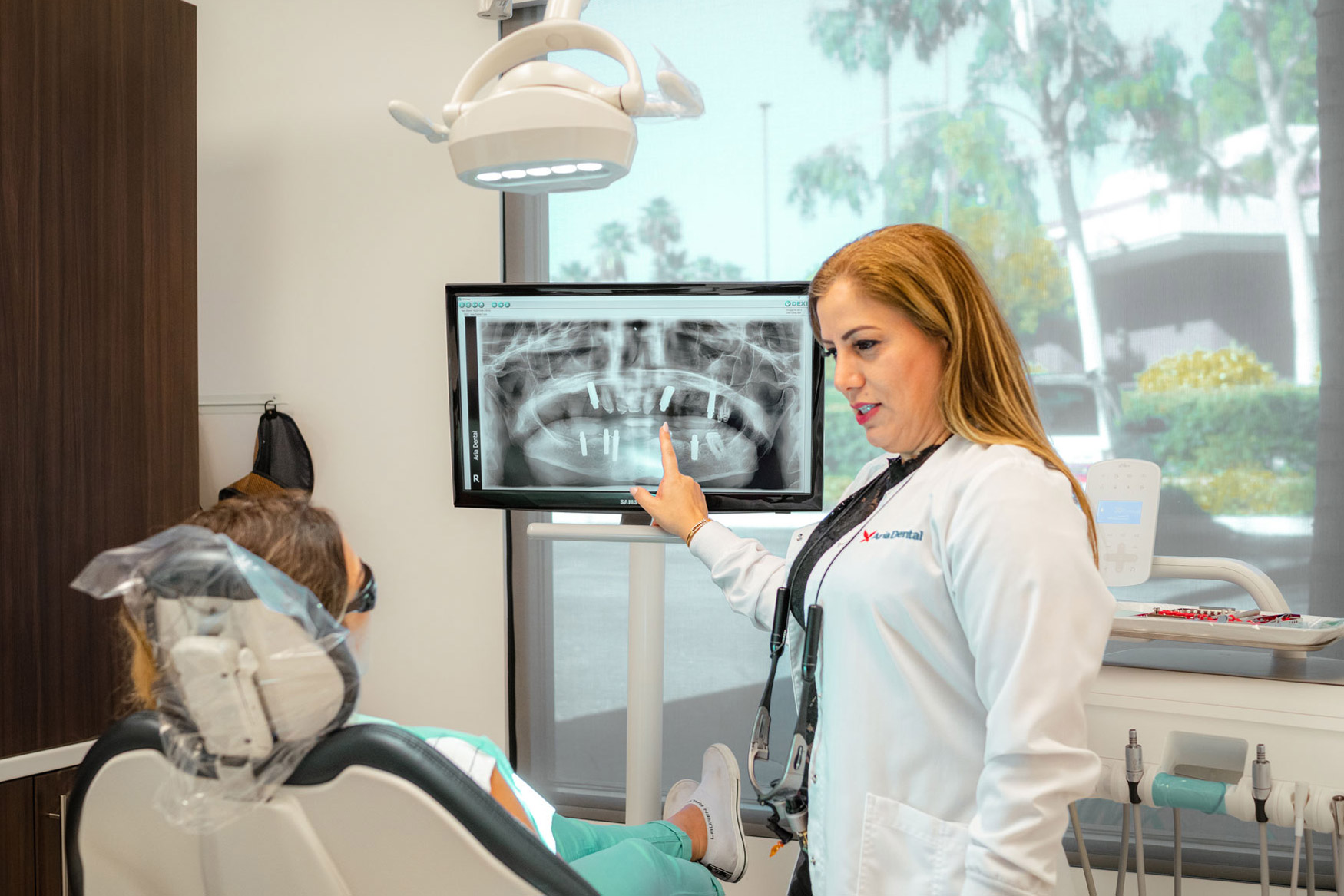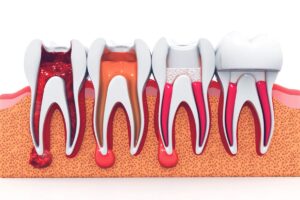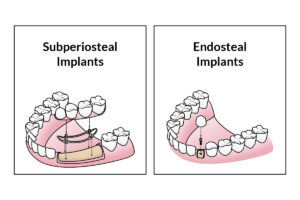Amalgam dental fillings are widely used worldwide, but if you are health-conscious, you wonder about the mercury in this filling. Your concerns are valid. A mercury removal technique called SMART (Safe Mercury Amalgam Removal Technique) addresses these concerns and removes the toxic element from your mouth. Here, we explain what SMART is and why you should find a SMART certified dentist.
What Are the Risks of Dental Amalgams?
There are two main risks for dental amalgams: mercury and temperature changes. Here, we further explain both of the risks:
Amalgam Fillings Contain Mercury
Having amalgam fillings or crowns could expose you to potentially life-threatening toxins every second of your life. Approximately half of the dental amalgam is elemental mercury by weight. Mercury is a potent poison responsible for the degeneration of nerve tissue.
Daily routine activities such as chewing gum, eating, tooth brushing, and tooth grinding can dramatically increase the release of mercury vapor. Your body constantly absorbs the emitted toxic mercury from your dental amalgam fillings. This vapor penetrates your cells and will eventually cause atypical health conditions.
Amalgam Fillings React to Temperature Changes
Because they are composed of metal, amalgam fillings change, adjusting to temperature shifts. Eating or drinking hot food and drinks will cause these dental fillings to strain your tooth, resulting in cracks and fractures. Once you eat or drink something cold, these fillings contract, creating a gap around the filling. These constant expansions and contractions will ultimately weaken your teeth.
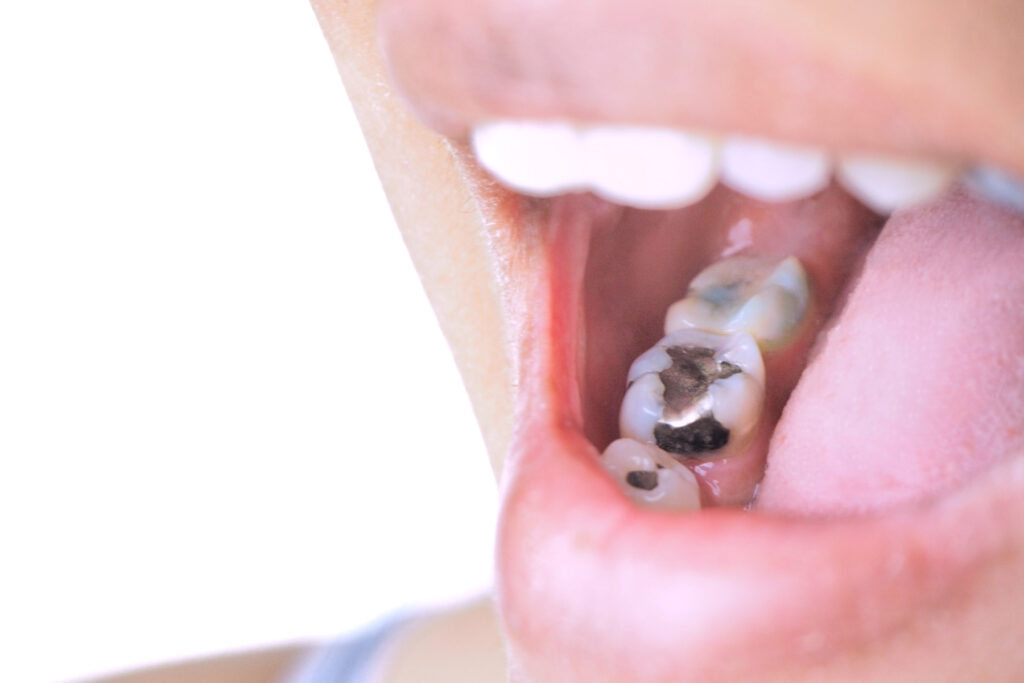
Is Amalgam Fillings Removal Possible?
Suppose you have previously undergone amalgam-based treatment and prefer to benefit from the modern discreet fillings that can merge with your natural teeth. In that case, you can consider removing mercury fillings.
The British Dental Association and the FDA have deemed the risks of removing dental Amalgam very low; however, if your Amalgam is healthy, you may be recommended to avoid replacing it. If your amalgam filling is damaged or missing, you can replace it with porcelain-based fillings and PFM crowns (porcelain-fused-to-metal).
What Is the SMART Approach?
The Safe Mercury Amalgam Removal Technique (SMART) was established by IAOMT (International Academy of Oral Medicine and Toxicology). This academy certifies doctors to perform a safe procedure with an air vacuum and a suction system to collect amalgam vapor and parts.
Who Is a Suitable Candidate for the SMART Protocol?
Mercury can build up within the body, and anybody with an amalgam filling is in danger of toxication. For this reason, removing mercury fillings is vital to everybody’s overall health, but it has to be done correctly. So, we all need a SMART dentist.
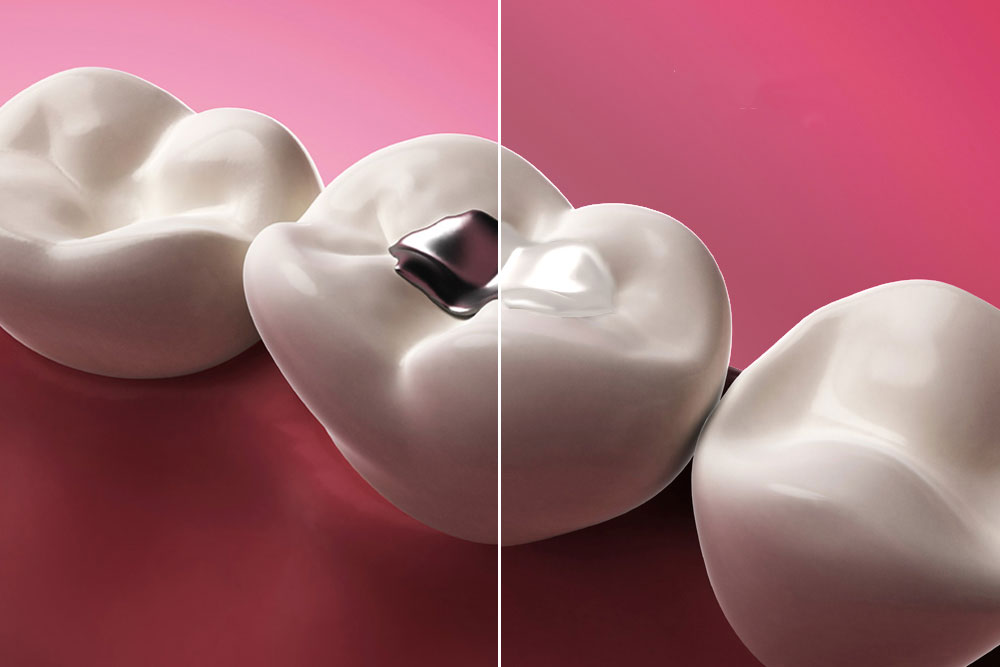
What Are the Considerations Before the SMART Process?
To evaluate your overall health, your doctor will ask for your thorough medical history, followed by a comprehensive exam during the first appointment to discuss your metal filling removal. Sharing your diet and daily oral hygiene routine will also be helpful.
When examining you for amalgam removal, your dentist must consider a few factors, such as the attrition rate on your teeth, pressures exerted, and the existence of other metals in your mouth.
Your doctor may also prescribe supplements for your body before and after the amalgam removal. Vitamin C intake is usually advised, for example.
Pre-Removal Steps
There are specific pre-removal procedures to ensure minimal mercury vapor absorption in your blood:
- An apron will be placed under the dental bib to cover your clothing;
- A customized dental dam fits the target teeth to control the contraction of particulates and the oral mucosa;
- Activated chlorella is set beneath the dam, along with some gauze to allow chelating dissolved metals to percolate under the dam;
- Your face is draped under the dam with a liner;
- Eyes and hair protection are placed;
- You are provided Oxygen with a nasal mask while a specialized air filtration system controls mercury vapors.
What Are the Procedures for Removing Amalgam Dental Fillings?
After ensuring easy mercury filling removal, the process commences by applying a new dental bur in the handpiece. Then, high-volume suction and continual water spray are provided to the area from which the amalgam is extracted. The amalgam restoration is finally scooped out.
The deeper the repair, the higher the likelihood of pulpal deterioration, which calls for more precision and attention. Once the dental amalgam is removed, your dentist detoxifies your body of the potential stored mercury.
What Are the Results of Amalgam Removal?
Once the amalgam is removed, the tooth will be regenerated using the appropriate filling material. Based on your requirement and the biocompatibility testing derivatives, the restoring materials have previously been chosen. Studies show significant reductions in oral complaints following the safe mercury amalgam removal technique. Patients have also responded better to other dental treatments.
What Are the Alternatives?
Whether you are wary of the dental amalgam’s side effects or have these harmful fillings, you can replace them with alternative materials that can help you eliminate the potential hazards of harmful metals in your mouth. Today, several dental filling materials are readily available. The options at hand for refilling your teeth include the following:
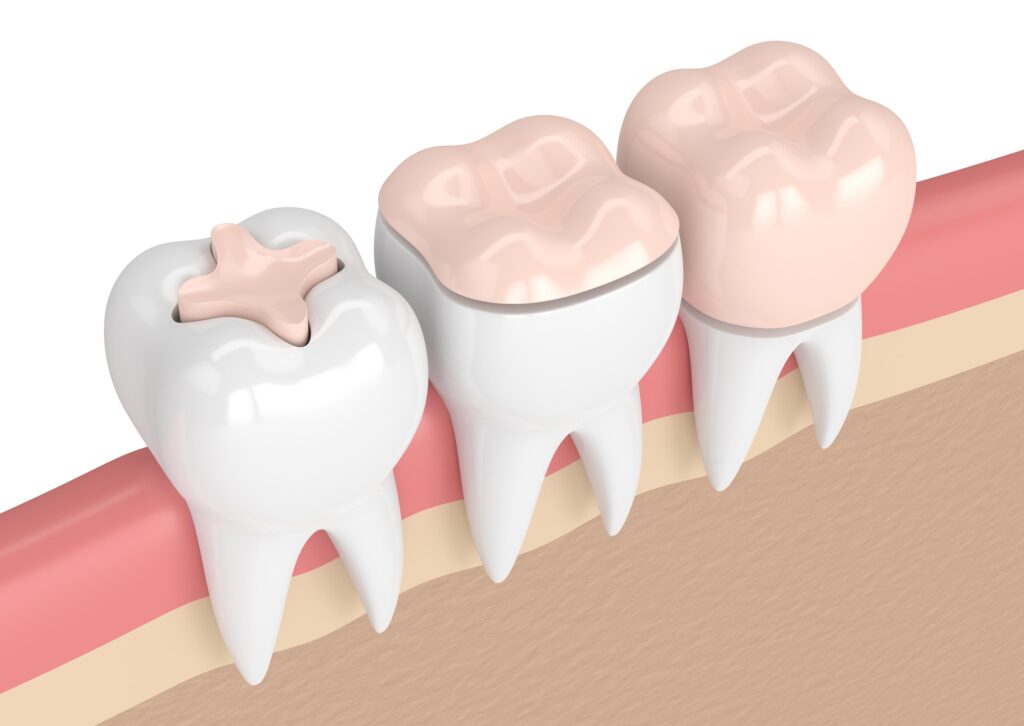
Inlays and Onlays
Inlays and Onlays are dental fillings made of composite resin or ceramic. They are usually fabricated in a lab to bond to the target teeth and protect them from further decay.
Inlays are usually employed to fill in the hole, and more extensive Onlays will cover the hole left by the old amalgam filling and some of the tooth’s chewing surface. Since the back teeth are meant to withstand constant chewing, Onlays are more commonly used on these teeth.
Ceramic fillings are often more resistant to staining. This material generally lasts more than 15 years.
Porcelain Dental Crowns
A dental crown is another recommended alternative, depending on the size of the filling.
Once the metal filling is removed, the tooth can be rebuilt and protected with a dental crown. Suppose you have large metal fillings that could drastically weaken your teeth. In that case, porcelain dental crowns provide a practical solution while making your teeth look natural.
Porcelain Veneers
Porcelain veneers are similar to dental crowns but can’t strengthen weakened teeth.
These fillings can only cover your front teeth. Porcelain veneers will immediately give you a permanent natural smile.
Tooth-Colored Fillings
Tooth-colored fillings are commonly used to replace metals with composite resin materials thoroughly. Composite resin allows for creating a stronghold by bonding to your teeth. However, since this material is less stable than metal, you may need to replace it more often, i.e., every five years.
Why Find a SMART Certified Dentist?
Choosing an IAOMT SMART dentist that removes mercury fillings is essential because there is a high risk of vapor emissions. According to the FDA, mercury amalgam fillings threaten the patient and oral health professionals when damaged. So, make sure you get an appointment with a SMART certified doctor.
Choose Your Doctor Today
This article discussed amalgam filling dangers and why you should find a SMART certified dentist. Now it’s time to choose your doctor and take the toxic amalgam out of your mouth. A SMART certified dentist in Laguna Niguel and Mission Viejo, like Maryam Horiyat DDS. of Aria Dental, can help alleviate your concerns by following this safe, detailed process to break down the material. Contact us so we can answer all of your questions.





